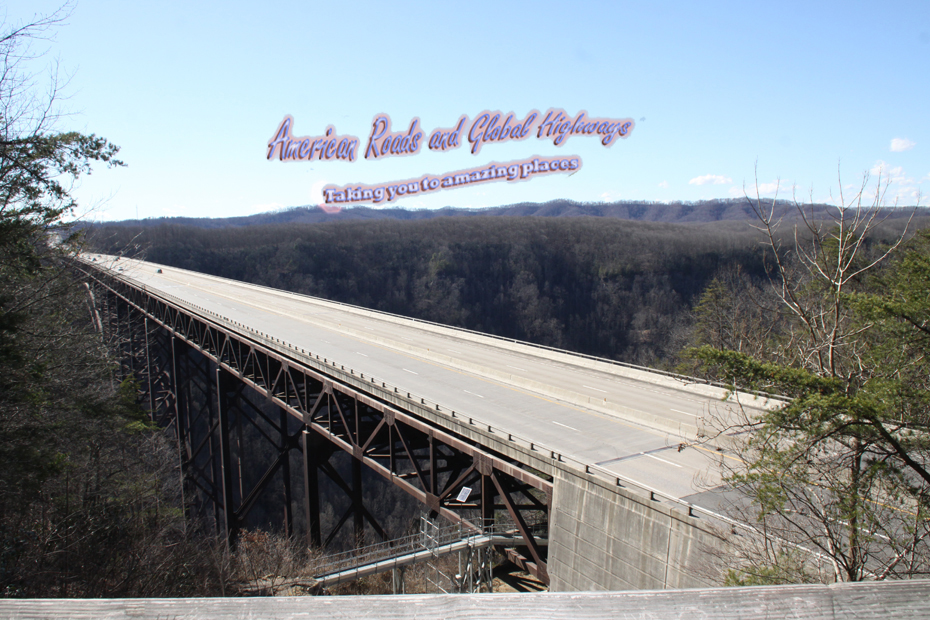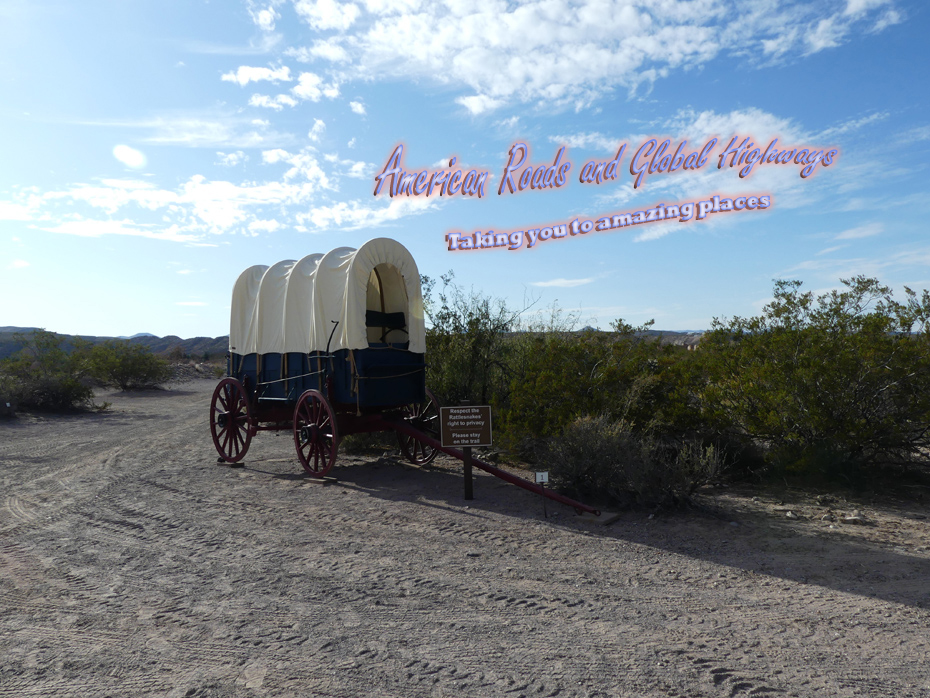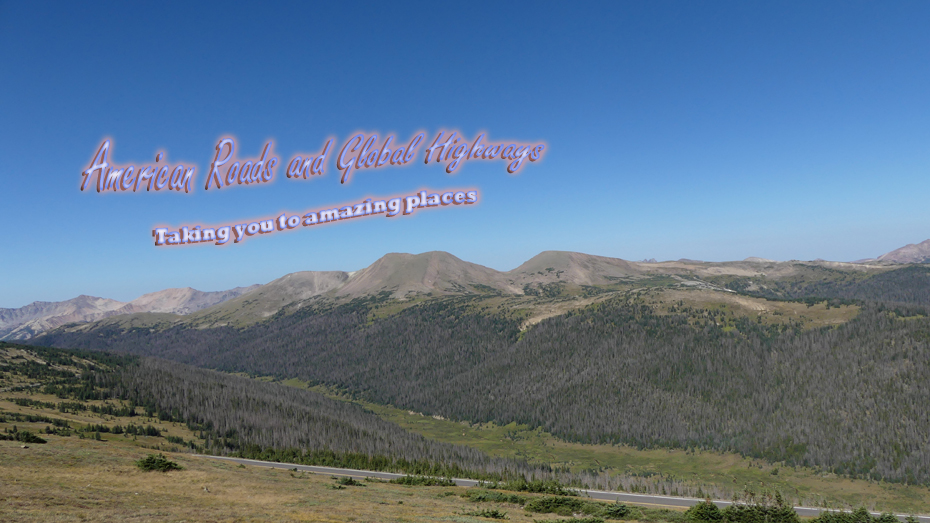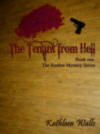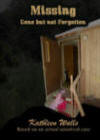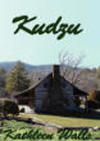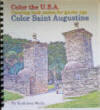Gristmills were a
commonplace in the eighteenth and nineteenth century South.
Many gristmills still exist in North Carolina, including a few
that still are commercial enterprises. We visited a historical
gristmill which includes a surrounding historical district.
Murray’s Mill Historic District is just ten minutes off
Interstate 40 in eastern Catawba County. The mill is on the
banks of Balls Creek, with a mill dam and large tranquil mill
pond. It is a small historic district, not requiring a lot of
walking. Of course, the highlight is an operating 28-foot
waterwheel. The District qualifies as a National Register
Historic Site. The tour starts at the General Store, which
includes goodies, local and regular, and many general store
items. There is a porch swing out front if you need to build
up the energy for the tour.
The gristmill dates
from 1913, Murray & Minges General Store dates from the 1890s,
the Wheathouse (used as an exhibit gallery) from the 1880s,
and the John Murray House (furnished for the period, with
outhouses) dates from 1913. This is the last milling complex
remaining in the county. It was run by three generation of the
Murray Family and ceased operations in 1967. Now it is
meticulously preserved and interpreted by the Catawba County
Historical Association.
 |
| A millstone for grinding grain into flour. |
 |
|
The top of the waterwheel,
where the power begins to be created from the falling
water. |
The two images above are the crux of a gristmill: water
flows onto a waterwheel, providing the power to rotate a
series of large millstones which crush grain into continuously
smaller and smaller pieces, eventually producing flour. In
order to produce that flow of water, gristmills tended to be
located near creeks, logically near a natural falls. Often
saws would be attached to the waterwheel, allowing for a
secondary use of the power produced. Dams were used to
increase the power, with millraces to carry the water to the
mill.
Gristmills were crucial to the development of the state and
the legislature enacted laws with incentives to build
gristmills to feed the new settlements on the frontier. The
mills were so important that they were subject to government
regulation. At the beginning of the twenty-first century only
a few gristmills remained in the state, with a very few still
in operation.
The Murray & Minges General Store is more than a place to
just begin the tour. The building is two stories with a gable
front. As expected for a general store, there is an antique
Coca-Cola refrigeration with glass bottle drinks. There are
toys like yo-yos, as well as toys made by local woodworkers.
For the sweet tooth are local honey (in season), local
molasses, Cow Tails, Striped Coconut, and a selection of
modern candy. Locally made items like pottery and aprons are
available. Of course, there are Murray’s Mill t-shirts, bags,
magnets, and mugs.
The gristmill is the focus of the historic district. It was
built by John Murray on a site that his father had used for a
gristmill since 1883. There were improvements over time. A
twenty-two-foot overshot waterwheel was replaced by the
current twenty-eight-foot waterwheel. The original dam was
made of wood. John’s son constructed the existing dam to raise
the water six feet. It is said the wooden dam is still beneath
the waters of the mill pond.
 |
| The gristmill with the
waterwheel. |
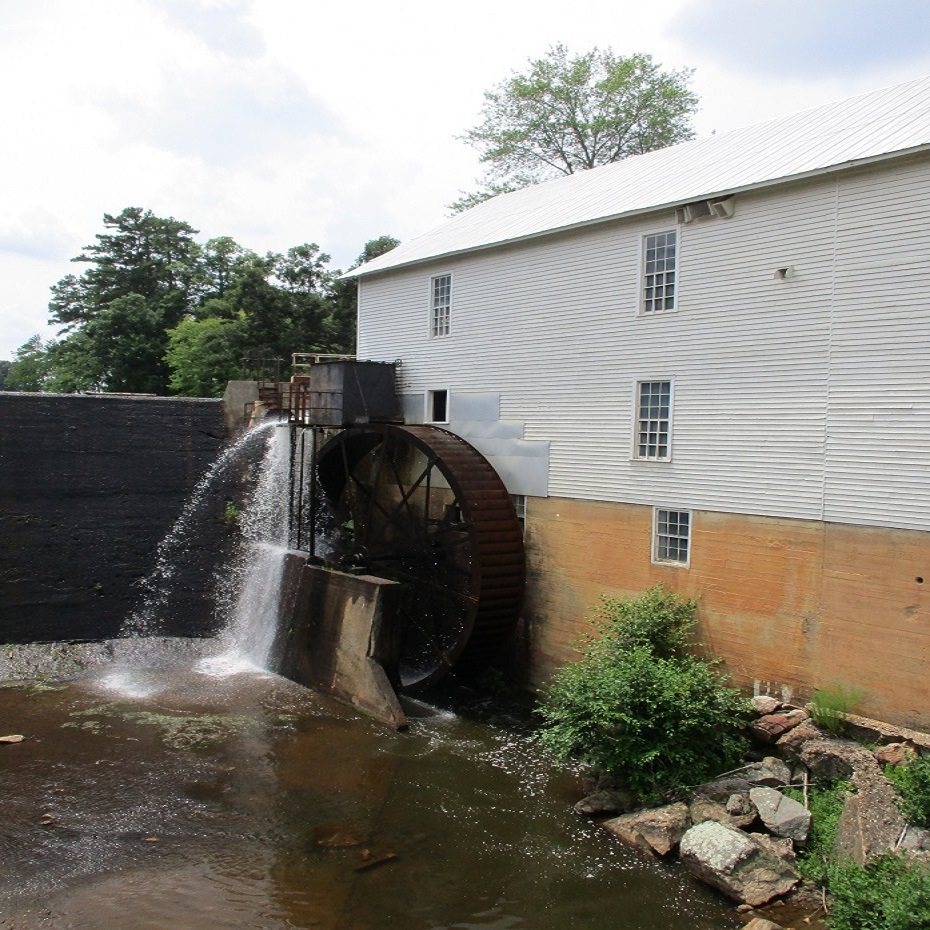 |
| Closeup of the waterwheel,
where all the “action” takes places. |
The machines and
equipment inside the mill are extensive, and someone with a
keen interest in machinery could spend hours inspecting the
vast array of gristmill technology preserved on the three
floors. Visitors will find the
original one-ton French buhr millstones for grinding corn, as
well as Sprout Waldron & Co. roller mills installed for
grinding wheat into flour. All of the mill’s storage bins,
each partitioned by tongue and groove sheathing, have also
been preserved. Below is the “tip of the iceberg” in terms of
the complex machinery you’ll encounter. The No. 39 Eureka
Horizonal Scourer & Brushing Machine, for example, served as
the cleaning apparatus for roller mills; the wheat scourer
separated the wheat from the chaff and filters out unwanted
elements like wild onion and garlic, and then sends the grain
downstairs to the roller mill via a gravity feed shoot. The
chaff went to a separate bin and was used to produce animal
feed The wild onion and garlic ended up in the creek. The
details for each machine are outlined on display cards near
the machines and the visitor can follow the flow of grain
easily as the tour progresses. We’ll just add a couple of
other machine images below and leave the details for the tour.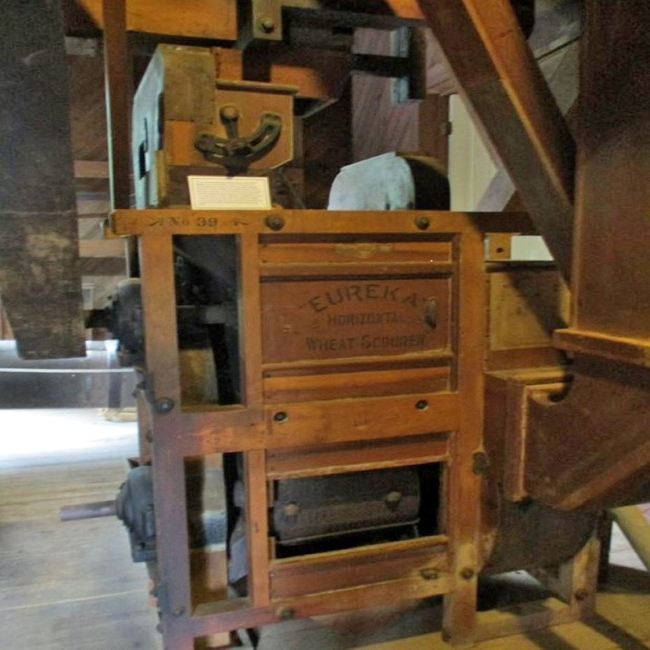
|
The No.
39 Eureka Horizontal Wheat Scourer & Brushing Machine. |
 |
| The
grain and chaff were stored and moved around the mill. |
 |
| At
the end of the process, flour ends up in a bag ready
for sale. |
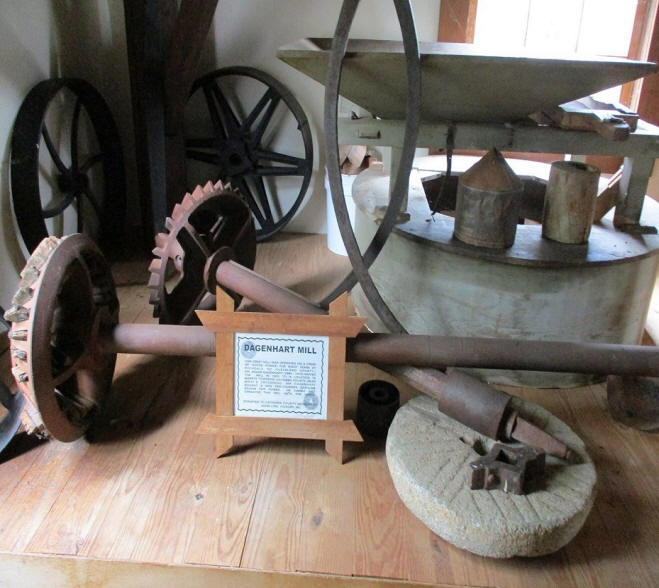 |
| Items
from other grist mills are preserved at the mill.
These are from the Dagenhart Mill located on a creek elsewhere in North Carolina. It operated from 1885 to 1970. |
The mill allows for the visitor to see many of the
connections that went into the process. Many of the mechanisms
that went into the engineering ares there, plus many of the
tools that were used to maintain the machinery. Junior
engineers will have a great time seeing how the process
worked.

Anyone interested in gears
and pulleys will find endless diversions in the mill.
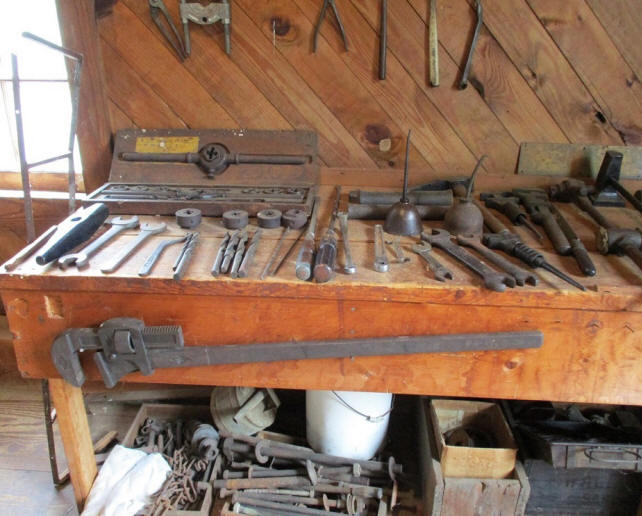
The number of tools located
throughout the mill is impressive.
Since this is a historic district, there is much more than
the gristmill. There are historic houses used now for exhibits
or finished for the period. The 1880s wheathouse is two
stories and was originally used to store extra grain. It
contains the original grain hopper and the elevator used to
move grain up to the attic. The wheathouse now has exhibits.
The John Murray House is the former residence of the miller
and the one that is period-furnished.This site offers multiple
opportunities to go back in time to see how things were done
in the past.
 |
| The best view of the
historic district is from the porch of one of the
houses situated on the mill pond. |
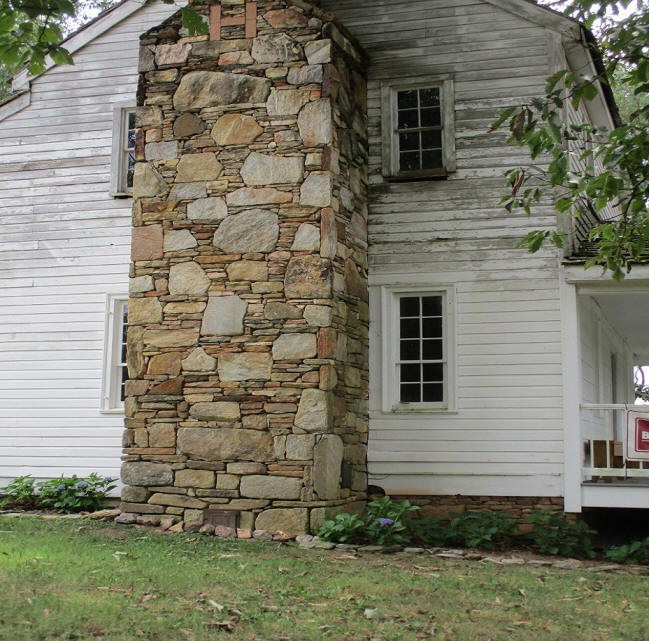 |
| The rockwork on one of the chimneys caught our eyes. |
This is another good pandemic stop off the Interstate,
which is mostly out-of-doors or in the mill with a few people.
A quick overview might take an hour or so. A good look will
take a couple of hours. It is worth the stop.
Author/Photographer.
Tom Straka is an emeritus professor of forestry at Clemson
University. He has an interest in history, forestry and
natural resources, natural history, and the American West. Pat
Straka is a consulting forester and the photographer on most
of their travel articles. They reside in South Carolina, and
have also lived in Mississippi and Virginia.
For additional
information:
https://www.catawbahistory.org/our-sites/murrays-mill-historic-district
https://www.ncpedia.org/gristmills
https://www.ncfieldfamily.org/farm/run-of-the-north-carolina-gristmills/
As an Amazon Associate, I earn from qualifying purchases.
The FTC has a law requiring web sites to
let their readers know if any of the stories are
"sponsored" or compensated. We also are to let readers know if any of
our links are ads. Most are not. They are just a way to
direct you to more information about the article
where the link is placed. We have several ads on
our pages. They are clearly marked as ads. I think readers are smart
enough to know an ad when they see one but to obey the
letter of the law, I am putting this statement here to
make sure everyone understands. American Roads and
Global Highways may contain affiliate links or ads. Further, as
their bios show, most of the feature writers are
professional travel writers. As such we are frequently
invited on press trips, also called fam trips. On these
trips most of our lodging, dining, admissions fees and
often plane fare are covered by the city or firm hosting
the trip. It is an opportunity to visit places we might
not otherwise be able to visit. However, no one tells us
what to write about those places. All opinions are 100%
those of the author of that feature column.
We'd love your comments!








